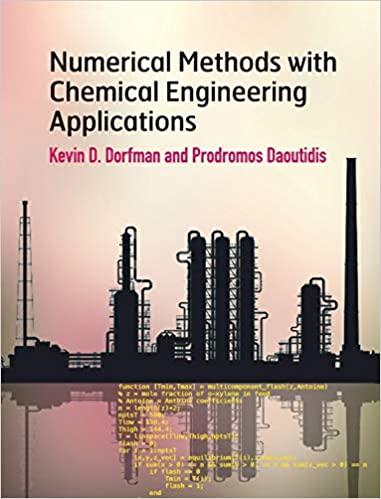Answered step by step
Verified Expert Solution
Question
1 Approved Answer
In the following we will consider a thermodynamic cycle composed out of the following four paths where A , B , C and D label
In the following we will consider a thermodynamic cycle composed out of the following four paths where A B C and D label thermodynamic states.
Initially the system which is an ideal gas is at temperature in state in thermal contact with a heat bath at the same temperature.
: The first change is an isothermal expansion to state
B C : At point B the system is brought in thermal contact with a second colder heat bath at temperature Consequently it is cooling along an isochor to a new thermodynamic state
CD : This is followed by an isothermal compression until the volume of state is reached.
: The final step is bringing the sytem now again in thermal contact with the hotter heat bath at temperature and allowing it to warm up in along an isochor to reach its initial state
Draw this cycle in a diagram similar to that of the Carnot cyce.
Given that the infinitesimal amount of work for a system is given by explain how the total work performed within one cycle can be represented in the above diagram.
Calculate the work along each path as well as the total work performed in the cycle.
Why can work not be a function of state given the above?
What has to hold for the change of the internal energy after the completion of one cycle?
What is therefore the total heat absorbed of the gas after one cycle?
Step by Step Solution
There are 3 Steps involved in it
Step: 1

Get Instant Access to Expert-Tailored Solutions
See step-by-step solutions with expert insights and AI powered tools for academic success
Step: 2

Step: 3

Ace Your Homework with AI
Get the answers you need in no time with our AI-driven, step-by-step assistance
Get Started


